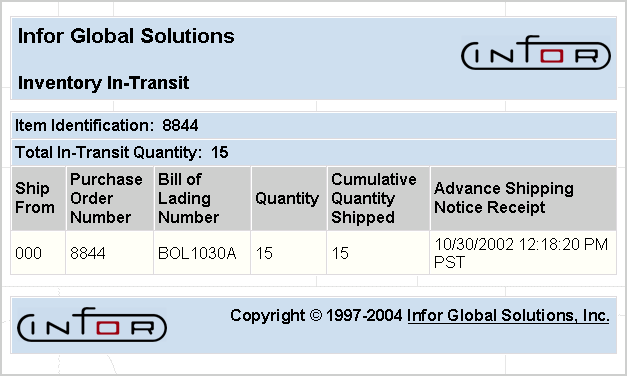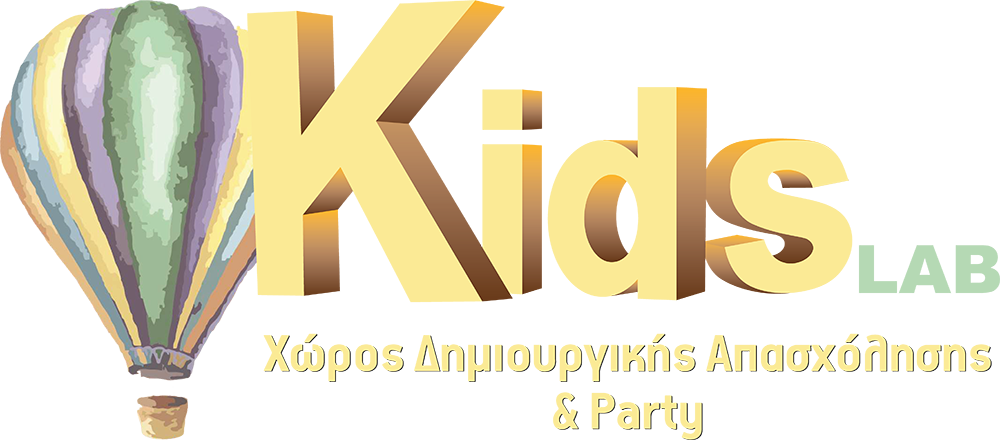
Goods in transit are also known as stock in transit and in transit inventory. When a title passes, the seller recognizes the sale and the buyer recognizes the purchase; alongside this, the inventory is included in the buyer’s ending inventory. The purchaser records the payable or the payment of cash and the purchase and includes the item in the ending inventory. In case the purchaser is answerable for it, at that point he should assess the expense to make accrue costs as a component of the goods in transit. Nevertheless, another concern is the goods in transit valuation, which should be perceived in the balance sheet.
Ownership and Risk Transfer of Transit Inventory:
- Nevertheless, another concern is the goods in transit valuation, which should be perceived in the balance sheet.
- Proper management of in-transit inventory is crucial for accurate inventory forecasting.
- The goods in transit valuation include the cost of the goods and the shipping costs.
- The goods in transit are the inventory items that have been shipped by the seller but are yet to be received by the buyer.
- In international transactions, customs and import/export regulations can further complicate the ownership of transit inventory.
- The point of transfer is when the goods reach the buyer’s place of business.
Join tens of thousands of ecommerce brands to get more articles like this and our latest resources delivered to your inbox. You omnichannel fulfillment partner that’s an extension of your brand, from unboxings to 2-day shipping.
How to Account for In-Transit Inventory
This is called FOB shipping point or FOB origin, and it means you are liable for any lost items in transit. FOB destination signifies that the manufacturer retains ownership of items in transit. The other type of inventory classification is “FOB destination,” in which ownership transfers to you when the items arrive. In this scenario, the seller owns (and is liable for) the in-transit goods until you receive them. Goods in transit are purchased goods that have not yet been received by the purchaser.
Goods in Transit Accounting Treatment
This method can be beneficial for buyers as it reduces their risk during transit. For sellers, it means that revenue recognition is delayed until delivery is confirmed. This approach requires meticulous tracking and documentation 2020 federal income tax deadline to ensure that the transfer of ownership is accurately recorded, impacting both parties’ financial statements. These are inventory items shipped by the seller but have yet to reach the buyer’s warehouse.

Delivery Expense increases (debit) and Cash decreases (credit) for the shipping cost amount of $100. On the income statement, this $100 delivery expense will be grouped with Selling and Administrative expenses. Merchandise Inventory increases (debit), and Cash decreases (credit), for the entire cost of the purchase, including shipping, insurance, and taxes. On the balance sheet, the shipping charges would remain a part of inventory.
For instance, under FOB Shipping Point terms, sellers can recognize revenue as soon as the goods leave their premises. This early recognition can be advantageous for companies looking to boost their financial performance within a specific reporting period. However, it also requires meticulous documentation to ensure that the transfer of ownership is clearly established at the point of shipment. To determine the cost of goods in transit per year, you will first need to calculate the average shipment value. Since it costs money to ship and store new inventory, you will first need to know the average cost of transportation, as well as your carrying cost.
By providing full visibility into warehousing, inventory activity, order fulfilment, and shipping performance, ShipBob allows for a more optimised supply chain and a stronger delivery management process. You can take a huge load off your shoulders by outsourcing fulfilment and warehousing to a 3PL like ShipBob. Beyond helping you streamline your ecommerce fulfilment processes, ShipBob can help you track inventory throughout your supply chain, so can better prepare for end-of-year accounting. Once we’ve worked out the average daily value of a shipment, we can use this to determine the cost of transportation. The goods in transit are the inventory items that have been shipped by the seller but are yet to be received by the buyer. In other words, goods in transit are the goods that are on the way to being delivered to the buyer.
Therefore, when goods are shipped to the FOB shipping point, the title passes from the seller to the buyer at the shipping point. Director of Marketing Communications at ShipBob, where she writes various articles, case studies, and other resources to help ecommerce brands grow their business. “We are very impressed by ShipBob’s transparency, simplicity, and intuitive dashboard. So many 3PLs have either bad or no front-facing software, making it impossible to keep track of what’s leaving or entering the warehouse. These are the general term, both seller and buyer must include one them in their purchase agreement.
Managing expectations throughout the supply chain plays a massive role in reducing product returns and customer support tickets. Research multiple insurance companies and get quotes to determine the best option for your company. Shipping term agreements provide clarity for buyers and sellers with regards to inventory responsibilities. For information pertaining to the registration status of 11 Financial, please contact the state securities regulators for those states in which 11 Financial maintains a registration filing.
By implementing effective transit inventory management practices, businesses can optimize their supply chains and achieve their business goals. The ownership and risk transfer of transit inventory is typically determined by the terms of sale agreed upon between the buyer and seller. By effectively managing transit inventory, businesses can improve their supply chain efficiency and reduce costs. The balance sheet of a company contains a summary of its assets, liabilities and shareholders’ equity, while the income statement summarizes sales, expenses and profits.
Under IFRS, expensescan be reported in the income statement either by nature (forexample, rent, salaries, depreciation) or by function (such as COGSor Selling and Administrative). US GAAP has no specificrequirements regarding the presentation of expenses, but the SECrequires that expenses be reported by function. Therefore, it maybe more challenging to compare merchandising costs (cost of goodssold) across companies if one company’s income statement showsexpenses by function and another company shows them by nature. It is important to track transit inventory separately from other inventory types because it is not yet available for sale or use.
